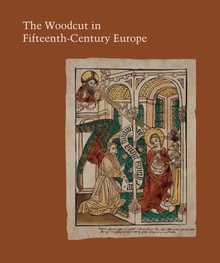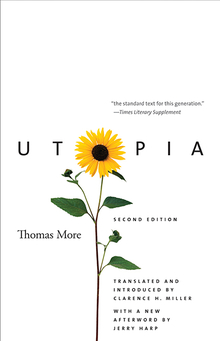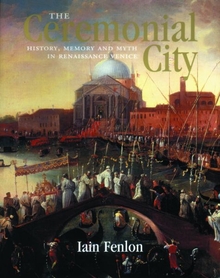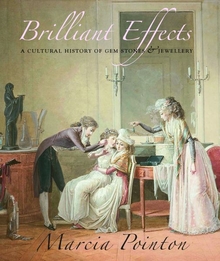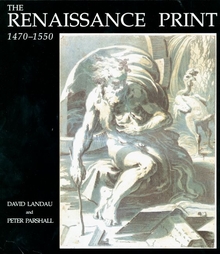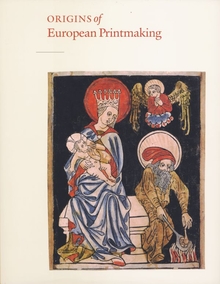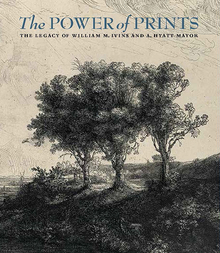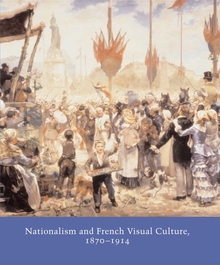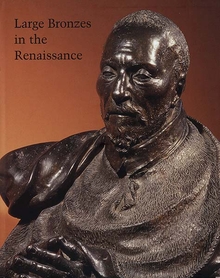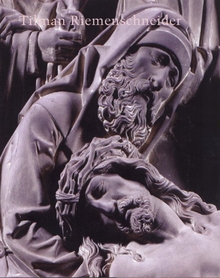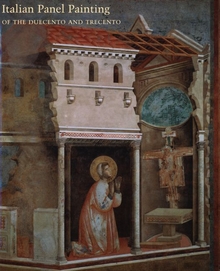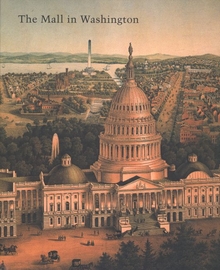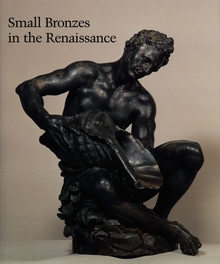The Woodcut in Fifteenth-Century Europe
WARNING
You are viewing an older version of the Yalebooks website. Please visit out new website with more updated information and a better user experience: https://www.yalebooks.com
Edited by Peter Parshall
More than a generation before the invention of Gutenberg’s celebrated press, the new technology of image printing emerged. In this book, a distinguished group of scholars treats the earliest manifestations of printing in all aspects: technical experimentation, the complex relation of printed books to printed images, individual and institutional patronage, new iconographies, religious propaganda, and the wide variety of private and public ways in which printed images were first employed.
The essays examine the technological, social, political, religious, personal, and institutional contexts of 15th-century woodcuts and challenge many assumptions about the phenomenon of early printing, including the beginnings of printing on cloth, the significance of monastic production, the development of book printing and book illustration, and the extent to which printing can or should be termed a “revolution.”
Published by the National Gallery of Art, Center for Advanced Study in the Visual Arts / Distributed by Yale University Press
Peter Parshall is curator of old master prints at the National Gallery of Art, Washington. He is the author of The Origins of European Printmaking (Yale).
Publication Date: December 8, 2009
Publishing Partner: Published by the National Gallery of Art, Center for Advanced Study in the Visual Arts / Distributed by Yale University Press
125 duotone + 123 color plates

